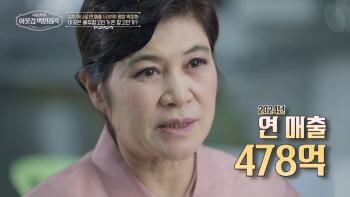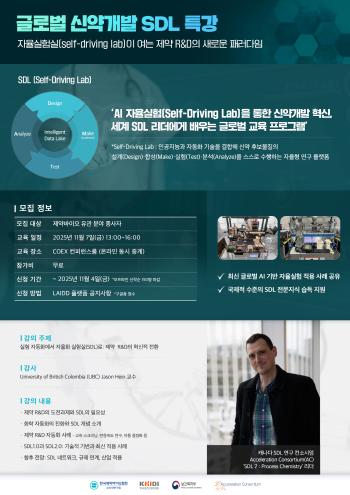I can't remember. What are the types and procedures of the dementia test?
Apr 19, 2025
|
The starting point of dementia diagnosis is a medical history survey that identifies the patient's symptoms and changes. We look at what symptoms have appeared since when and how they have changed over time. In this process, the presence or absence of chronic diseases such as hypertension, diabetes, and hyperlipidemia, history of taking alcohol and drugs, weight changes, and trauma history are also checked. The questionnaire is as important a basis for diagnosis as the mechanical examination.
Direct examination consists of three types: physical examination, neurological examination, and mental state examination. First, in a physical examination, blood pressure, body temperature, pulse, etc. are measured, and basic examinations are conducted for each part of the body. Neurological tests evaluate various neurological functions such as abnormal sensation and motor nerves, muscle atrophy, walking ability, and reflex movement. Mental state testing focuses on understanding the emotional and cognitive status of patients. Professor Lee Jun-hong explained, `We examine whether there are neuropsychiatric abnormalities such as depression, anxiety, phobia, delusions, etc. in this process.'
After medical history and direct examination, most dementia experts can roughly estimate whether the patient is suffering from dementia and what type of dementia if they have it, but they must go through various examination processes to confirm. Tests consist of laboratory tests to identify physical diseases, neurocognitive function tests to evaluate brain function, and brain imaging tests to see the structure and function of the brain. In some cases, a cerebrospinal fluid test and an electroencephalogram test are performed in parallel.
The neurocognitive function test is conducted in the form of a question-and-answer or questionnaire and evaluates various cognitive domains such as memory, language ability, attention, judgment, computational ability, performance ability, and space-time composition. Professor Lee Jun-hong said, `In particular, depression in the elderly often appears as physical symptoms such as fatigue or lethargy, unlike general depression, and can be mistaken for dementia because it is easy to accompany cognitive decline and mental exercise delay such as forgetfulness. Accordingly, depression tests are sometimes performed together for accurate diagnosis.
Brain imaging is very useful in diagnosing dementia. CT and MRI are used to check the structure of the brain, and PET is used to check the function of the brain. In particular, MRI is effective in observing microscopic changes in the brain, and PET is helpful for early diagnosis by being able to determine the activity of neurons.
Diagnostic medical examinations include blood tests, chest X-rays, urine tests, and electrocardiogram tests. It evaluates body function overall through basic blood tests, and identifies syphilis reactions, thyroid function, and vitamin deficiency.
Apolipoprotein E (Apollipoprotein E) genetic testing can be performed as needed. Apolipoprotein E is a protein involved in lipid metabolism and is known to be associated with Alzheimer's disease. It depends on the presence or absence of the ε4 allele of apolipoprotein E, and in the case of Alzheimer's disease, the frequency of the ε4 allele is about 40%, which is about three times higher than normal.
The test is conducted by collecting blood after obtaining consent for genetic testing, and the presence of the ε4 allele is confirmed. Through the results, the possibility of developing chronic Alzheimer's disease can be evaluated, and it is also used as a reference for discriminating various causes of dementia.
Since the diagnosis of dementia is not sufficient only by the patient's own statement, it is very important to accompany a guardian who is well aware of the patient's condition. Compared to the patient's usual appearance, a more accurate diagnosis is possible only when it conveys what changes have occurred recently and what difficulties they are experiencing in their daily lives.
If you have a brain MRI or CT image taken in the past, it is better to bring it together, and if you have a drug you are currently taking, it is helpful to prepare a prescription or medication list in advance. If you have previously been treated for similar problems, submitting a medical certificate or doctor's opinion at the time also helps you judge.
In the course of treatment, questions are asked centering on when the patient's symptoms began and how they have changed, and information on family history, past medical history, and drugs currently being taken is also important. If the answers to these questions are organized in advance, treatment time can be efficiently utilized, and it is very helpful in the judgment of specialists.
Professor Lee Jun-hong said "An accurate diagnosis of dementia is not determined by a single test. A step-by-step approach is needed from medical history investigation to detailed examination and genetic analysis, enabling early detection of dementia and establishment of appropriate treatment plans. If you have abnormal symptoms such as memory loss or personality change, it is important to get tested through specialist counseling and receive appropriate treatment.'
|
This article was translated by Naver AI translator.















